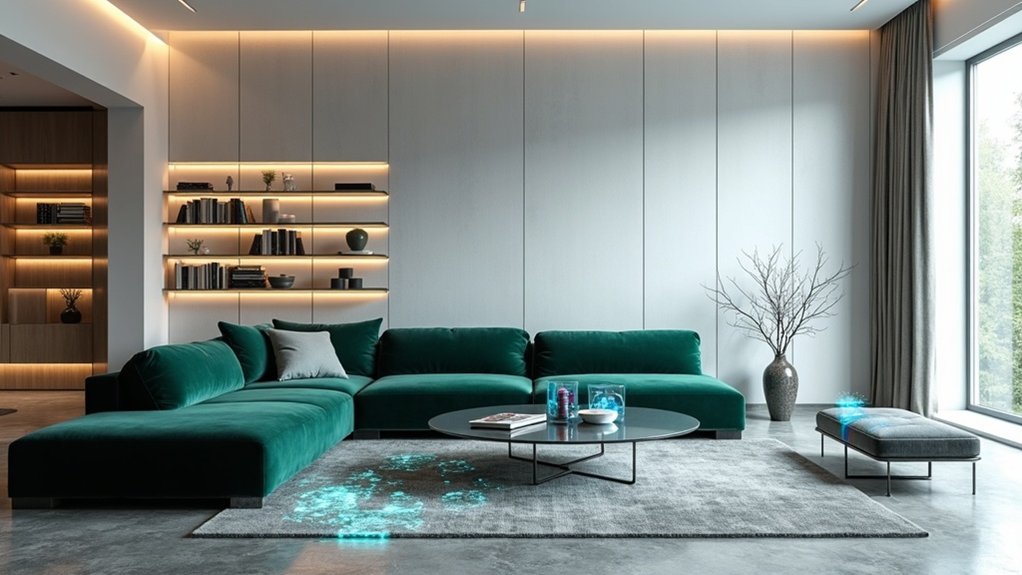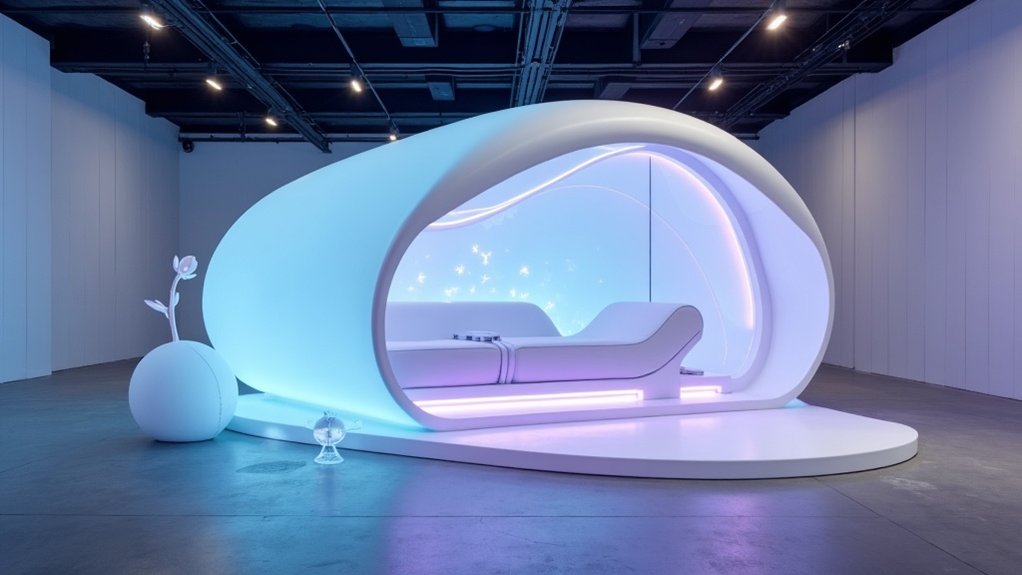As the interior design industry adopts digital transformation, the global market for specialized design software stands poised to exceed $5.87 billion by 2025, driven by a robust 6.5% annual growth rate and unprecedented demand for advanced visualization tools. This surge reflects growing adoption among both professionals and homeowners seeking efficient space planning solutions, particularly through AI-powered design tools and virtual staging capabilities.
Leading platforms like Houseplan and Foyr Neo demonstrate how modern software transcends traditional limitations through real-time 3D modeling and intuitive drag-and-drop interfaces. These tools allow designers to create precise visualizations that reduce costly pre-construction errors while offering clients immersive experiences of their future spaces. Moreover, smart storage systems can be seamlessly integrated into designs to optimize functionality and aesthetics.
Modern design platforms transform visualization through real-time 3D modeling, reducing errors while creating immersive client experiences.
SketchUp’s flexible plugin ecosystem and HomeByMe’s cloud-based collaborative features exemplify how platforms adapt to diverse workflow requirements, from architectural modeling to client communication.
The advantages over conventional methods prove compelling. Virtual staging tools accelerate property sales by increasing buyer engagement, while automated proposal generation streamlines project management tasks that once consumed valuable hours. Designers can test multiple arrangements cost-free, making data-driven decisions supported by real-time simulations rather than relying on intuition alone. Modern software enables design simulation capabilities that allow professionals to experiment with different scenarios before committing to physical changes.
Accessibility remains paramount in contemporary design software development. Platforms prioritize intuitive interfaces that accommodate both novices and experts, while mobile and cloud-based applications guarantee flexibility across devices. Free versions and tiered pricing models democratize access to professional-grade tools, promoting innovation across budget constraints. Open-source solutions like Blender provide powerful rendering capabilities without licensing fees, expanding professional-quality tools to designers at every level.
Integration capabilities improve workflow efficiency significantly. Product library connections simplify sourcing, while compatibility with QuickBooks and Zapier extends functionality beyond design into extensive business management. Advanced analytics facilitate performance tracking, transforming creative processes into measurable outcomes.
Despite these advantages, challenges persist. Some platforms present steep learning curves because of advanced features, while 3D rendering performance may lag on lower-end hardware. Not all software includes thorough project management tools, requiring designers to evaluate their specific needs carefully.
The evolution toward sophisticated yet accessible design software reflects broader industry trends emphasizing collaboration, efficiency, and precision. As these tools continue advancing, they promise to reshape how designers conceptualize, communicate, and execute their creative visions in an increasingly digital marketplace.








